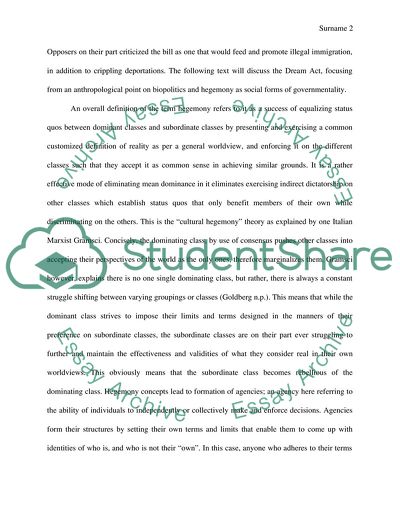Cite this document
(“The dream act Essay Example | Topics and Well Written Essays - 2000 words”, n.d.)
Retrieved from https://studentshare.org/anthropology/1629772-the-dream-act
Retrieved from https://studentshare.org/anthropology/1629772-the-dream-act
(The Dream Act Essay Example | Topics and Well Written Essays - 2000 Words)
https://studentshare.org/anthropology/1629772-the-dream-act.
https://studentshare.org/anthropology/1629772-the-dream-act.
“The Dream Act Essay Example | Topics and Well Written Essays - 2000 Words”, n.d. https://studentshare.org/anthropology/1629772-the-dream-act.


